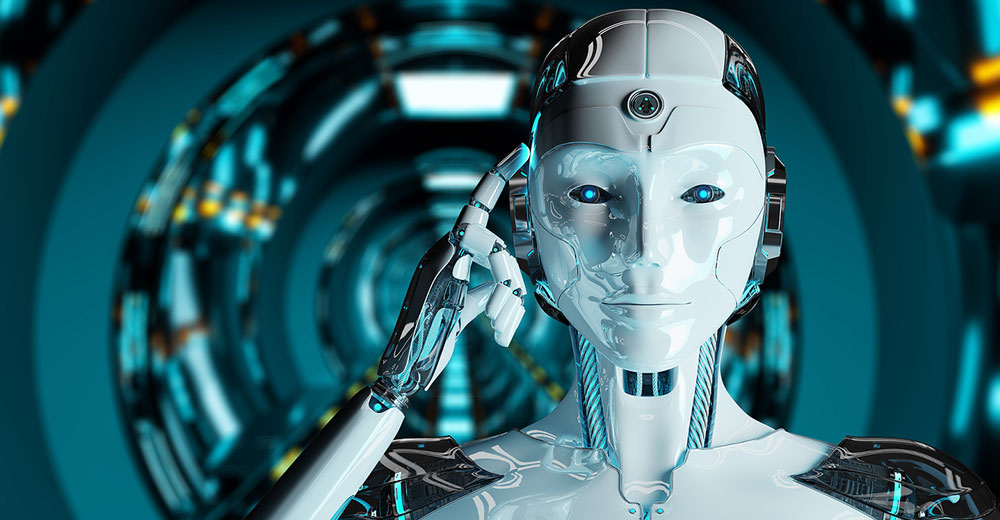
Humanoid Robots: Exploring Their Current Applications
Humanoid robots, with their humanoid form and advanced capabilities, have captured the imagination of both researchers and the public alike. These robots, designed to resemble humans in appearance and behavior, are finding their way into various industries and sectors, revolutionizing the way we work and interact. In this article, we delve into the current applications of humanoid robots and feature insights from experts in the field.
Dr. Sophia Chen, a robotics researcher at Tech Innovations says Humanoid robots are poised to transform industries by augmenting human capabilities and performing tasks that are dangerous, repetitive, or require high precision. Their ability to interact with humans and adapt to complex environments makes them versatile tools for a wide range of applications.”
Humanoid robots are making significant strides in the healthcare and elderly care sectors. These robots can assist healthcare professionals by performing tasks such as patient monitoring, medication reminders, and physical therapy exercises. They can also provide companionship to the elderly, reducing loneliness and improving overall well-being. Dr. Sophia Chen emphasizes the potential of humanoid robots in healthcare:
“In healthcare, humanoid robots can fill critical roles by providing support to healthcare providers, enhancing patient care, and promoting independent living for the elderly. They can alleviate the strain on healthcare systems and improve the quality of life for individuals.”
Humanoid robots are increasingly being deployed in customer service and hospitality industries. These robots can interact with customers, provide information, and assist with various tasks. For instance, they can guide visitors in museums, hotels, or airports, offering directions and answering inquiries. Their human-like appearance and interactive capabilities enhance customer experiences. Dr. Alex Wong, an expert in robotics, highlights their role in customer service:
“Humanoid robots are transforming the customer service landscape. With their ability to communicate and engage with customers, they create personalized experiences and contribute to improved customer satisfaction.”
Humanoid robots are finding applications in the field of education. They can serve as interactive teaching aids, helping students grasp complex concepts in a more engaging manner. These robots can also be used in research environments, assisting scientists in conducting experiments or performing repetitive tasks. Their versatility and adaptability make them valuable tools for both education and research purposes.
Dr. Robert Davis, a robotics engineer at Advanced Automation Systems says “The integration of humanoid robots in manufacturing processes and industrial automation is revolutionizing the industry. They enable businesses to achieve higher levels of productivity, accuracy, and efficiency, leading to significant cost savings and improved competitiveness.”
While humanoid robots have made impressive strides, there are still challenges to overcome. Developing robots with advanced perception and understanding of human environments, ensuring safe interactions with humans, and addressing ethical considerations are ongoing areas of research. Additionally, the cost of development, maintenance, and integration of humanoid robots remains a factor that needs to be addressed for wider adoption.
Looking ahead, the future of humanoid robots holds great promise. Advancements in artificial intelligence, machine learning, and sensor technologies will further enhance the capabilities of humanoid robots. They will become more adaptable, intelligent, and capable of collaborating seamlessly with humans in various domains, transforming industries and shaping the way we live and work.
Humanoid robots are making remarkable strides in various industries, demonstrating their versatility and potential. From healthcare and customer service to education and manufacturing, these robots are revolutionizing processes, enhancing productivity, and improving human experiences. As technology continues to advance, humanoid robots will play an increasingly integral role in our lives, augmenting human capabilities and reshaping the way we perceive and interact with robotics.











